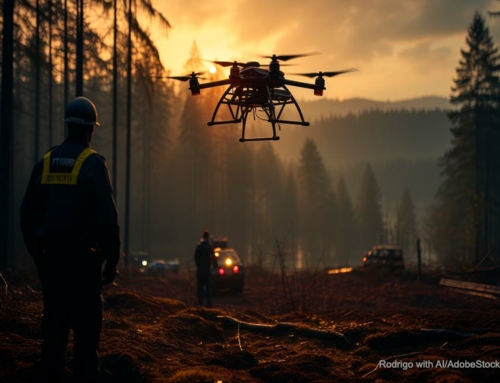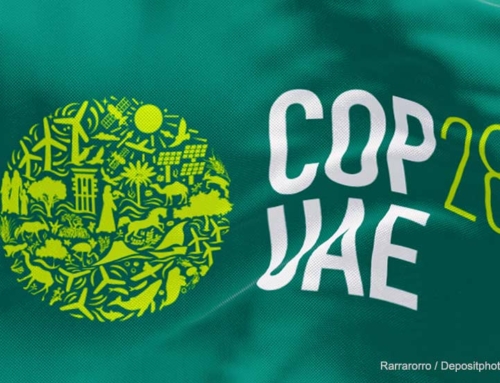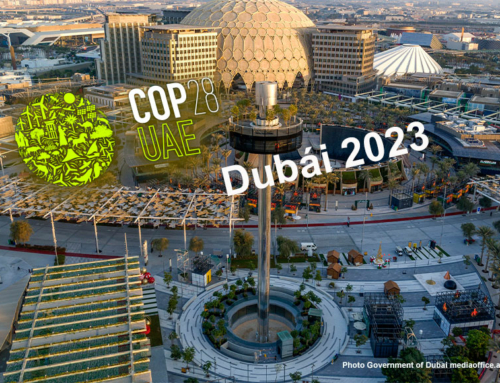Texts we have emphasized in the draft that begins trading on Paris, Sunday December 6, 2015.
(Excerpted from the newspaper El Pais, Spain, signed by Manuel Planelles, Paris 5 Dec 2015 – 21:08 CET)
We have read the draft agreements on COP21 and highlight these points of their content that concern us. In the midst of so many expectations about what will happen with this Paris summit, we believe it is convenient to share our concerns with you.
Technical negotiators from the 195 countries gathered in Paris have been filing the draft of the pact for the past five days. Finally, that draft consists of 48 pages, full of square brackets. The large number of square brackets suggests that there are still many points of disagreement between the states.
- Technical negotiators from 195 countries meeting in Paris have been filing the draft pact for the past five days. Finally, the draft consists of 48 pages, full of brackets. The large number of brackets indicates that there are still many points of disagreement between States.
- Funding for developing countries and legally binding covenant still under discussion.
- Even the name is disputed. Although the text leads to the term “agreement”, there is still no consensus on whether it will be a treaty, a protocol or agreement
- At issue is whether the majority of the charges, emission reduction and financing should be taken by developed countries or shared also by those who are developing. To define which countries are in a group or other Annexes to the UN framework convention on climate change are used. This text dates from 1992 and, as the European Union argues, the world has changed and there are other economies, such as China and South Africa should also provide, for example, in funding.
- Despite the cut in the number of pages, Greenpeace contends that it is not guaranteed to be reached “a decent agreement”. “There will be agreement,” predict sources of the European Union, “another thing is the level of ambition”.
- The degree of legal relationship is one of the issues that are open. The US has already made clear that it cannot ratify a text in which he is obliged to cut emissions internationally.
- In the draft on Saturday in the third article, there is a way out for the US. It indicates that the signatories to the agreement must adopt national laws in which emissions reduction targets are set.
Here is the full text published by the newspaper El Pais in Spain:
The pact against climate change rests with Ministers
Negotiations at the UN climate summit in Paris to close a global agreement on climate change, which pulled on Monday, have taken the step from the technical to the political. Technical negotiators from 195 countries meeting in Paris have been filing the draft pact for the past five days. Finally, the draft consists of 48 pages, full of brackets. The large number of brackets indicates that there are still many points of disagreement between States.
Funding for developing countries and legally binding covenant still under discussion. And both points are related to the concept of differentiation, which refers to developed countries, responsible for initiating the global warming emissions for decades, should assume more responsibility than developing States.
A ‘Tobin tax’ European green tones
Among the financing measures that shuffles the European Union is the creation of a tax on financial transactions, Tobin -a charge which was partly used to finance adaptation and mitigation of climate change.
At a meeting in the Paris summit, the European Commissioner for Economic Affairs, Pierre Moscovici, said that 11 EU countries are about to close a deal on this rate. And the deal could be closed by the end of the year.
It was planned that from Monday the ministers will take over to try to close the deal, which in theory should be ready on Friday, 11. But the French Foreign Minister, Laurent Fabius, who chaired the summit host, he has decided to advance to Sunday afternoon the start of work.
“It is a more specific text and displays the structure of the agreement,” said Valvanera Ulargui, director of the Spanish Office for Climate Change, on the draft. However, he admits, “all political options are on the table”. Even the name is disputed. Although the text leads to the term “agreement”, there is still no consensus on whether it will be a treaty, a protocol or agreement. “Everything is to negotiate,” said Ulargui.
Regarding the points that generate tension, Ulargui states that “differentiation is through the text”. That is, it is disputed whether the majority of the charges, emission reduction and financing should be taken by developed countries or shared also by those who are developing. To define which countries are in a group or other Annexes to the UN framework convention on climate change are used. This text dates from 1992 and, as the European Union argues, the world has changed and there are other economies, such as China and South Africa should also provide, for example, in funding. “There are developing countries that have developed,” said Miguel Arias Canete Saturday, European Commissioner for Climate and Energy. “The picture has changed,” he insisted. “Developing countries are primarily interested in the expanded donor base,” added the commissioner.
Todd D. Stern, special envoy for the US Climate Change, noted this week that the “pre-2020” commitment-the 100,000 million dollars that should be in five years is a matter on which there seems to be difficulties. But he recognized that the problem can arise with what will happen after 2020, which is under discussion now.
Copenhagen
Regarding the draft approved Saturday, the Swiss representative noted that “unlike Copenhagen, there are now solid foundations”. In Copenhagen in 2009, he tried to close a deal on climate change as it looks now, and it failed.
Martin Kaiser, Greenpeace has shown this Saturday “optimism” of his organization on the “process” of negotiation. “At this point in Copenhagen it had 300 pages.” At present, 20 pages of the draft for the agreement and another 22 are developing such a pact. Four other pages include topics that negotiators from each country believe that they have been left out and should enter. Despite the cut in the number of pages, Greenpeace contends that it is not guaranteed to be reached “a decent agreement”. “There will be agreement,” predict sources of the European Union, “another thing is the level of ambition”.
In the draft presented this Saturday has been working since 2011, when it was agreed in another climate summit 2015 global agreement now being negotiated should be approved. The appointment of Paris began with a 55-page draft, which has now gone on to have 48.
“Now they have to demonstrate the ability of the presidency,” said Teresa Ribera, director of the Institute for Sustainable Development and International Relations in Paris. France is the country that holds the presidency of the summit and in charge of putting on the table the working method for the text to iron.
Legally binding
The degree of legal relationship is one of the issues that are open. The US has already made clear that it cannot ratify a text in which he is obliged to cut emissions internationally. For this Pact of Paris has chosen the formula of national contributions. 185 of the 195 countries participating in the negotiations have been submitted before the summit plans to reduce their emissions between 2020 and 2030.
In the draft on Saturday in the third article, there is a way out for the US. It indicates that the signatories to the agreement must adopt national laws in which emissions reduction targets are set. That is, the fulfillment of those objectives would not set by an international agreement, but that would depend on US law. Although this is an option that also bracketed.
Four working groups
The French Foreign Minister, Laurent Fabius, President of the summit, has created a central open for negotiation group. But to address the most difficult issues, it has created four subgroups. The first will be on implementation and address the issues related to financing and technology transfer.
The second group will focus on differentiation and focus on mitigation (cutting greenhouse gases), finance and transparency. The third will address the “ambition” and see the long-term objectives -Prevent the end of the century temperature rise more than two degrees to industrial levels, although some states want the barrier is on 1.5- and reviewing gas reduction commitments that have already submitted 185 countries and are not sufficient to achieve the goal of two degrees. The last group will focus on the actions that should be undertaken before 2020, when it is expected to enter into force on the Paris agreement.
Sandor Alejandro Gerendas-Kiss







Leave A Comment